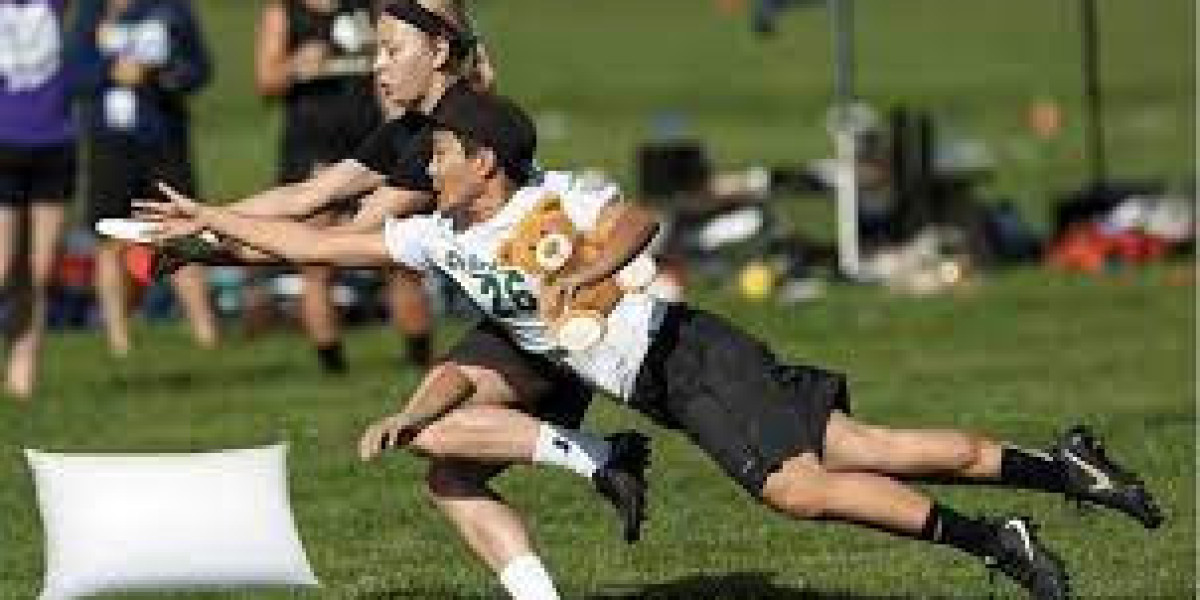In recent years, there has been a growing interest in academic studies focused on alternative or lifestyle sports, which challenge the conventional notions of modern Western competitive sports. Many of these alternative sports have their roots in North America and have later spread to Europe. One such sport that exemplifies this trend is Ultimate Frisbee. Despite its growing popularity, there has been limited academic literature on Ultimate Frisbee and its developmental process. This paper aims to explore the distinct and crucial stages in the development of Ultimate Frisbee.
The Development of the Flying Disc Following World War II and amid concerns about potential external threats and reported sightings of UFOs and flying saucers, there was a burgeoning interest in these phenomena in the United States (McMahon, 1998). Reflecting this cultural fascination, an American inventor named Fred Morrison approached the Southern Californian Plastics Company with an innovative idea. Collaborating with Warren Francioni, they created a rudimentary prototype of a plastic flying disc in 1948, known as the Arcuate Vane model (Johnson, 1975; Mc Mahon, 1998; Malafronte 1998).
In 1951, Morrison developed his second model, the Pluto Platter, which he initially sold at fairs with moderate success (Scotland, 2004). While the Pluto Platter played a pivotal role in shaping all subsequent Frisbees (Johnson, 1975), it was not initially mass-produced.
Nevertheless, among young enthusiasts, the Pluto Platter gained popularity. In 1954, the first recorded flying disc competition took place when students at Dartmouth University in New Hampshire, USA, organized a tournament for the disc sport known as 'Guts' (Iocovella, 2004). Additionally, the Pluto Platter made its way to the West Coast beaches of the United States, further contributing to its spread and evolution.

 Browse Events
Browse Events  My Events
My Events  Suggested pages
Suggested pages  Liked Pages
Liked Pages  Recent Classified Ads
Recent Classified Ads  Spoorts TV
Spoorts TV  Youtube
Youtube 




![[Ghana] Kotoko To Get $60,000 From CAF.](https://spoorts-cdn.s3.amazonaws.com/upload/photos/2021/03/ODRRxSAIzgkCZUoRxpMH_08_27312ae0bce1cdd1c01e25269e49bbff_image.jpg)

![[Zambia] U17 AFCON Cancellation Devastating- FAZ Technical Director](https://spoorts-cdn.s3.amazonaws.com/upload/photos/2021/03/goLCJ63hkRepz9hbYPSm_09_bee1ffac41a33be8e27ddeb9d24d3512_image.jpg)





